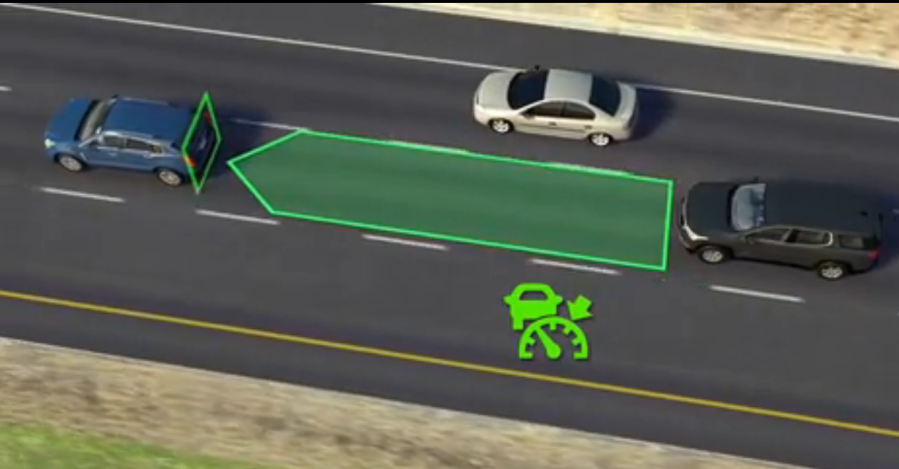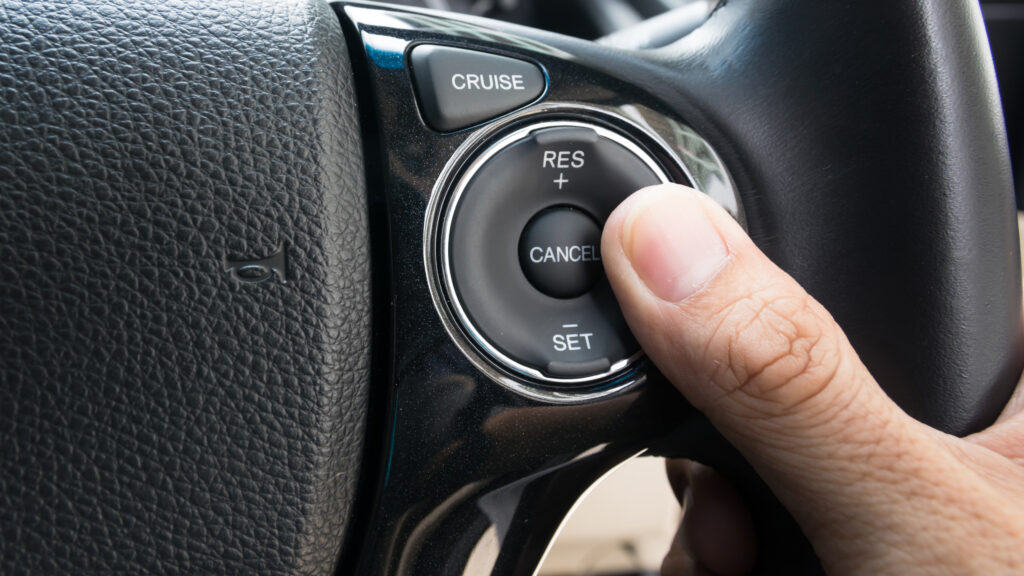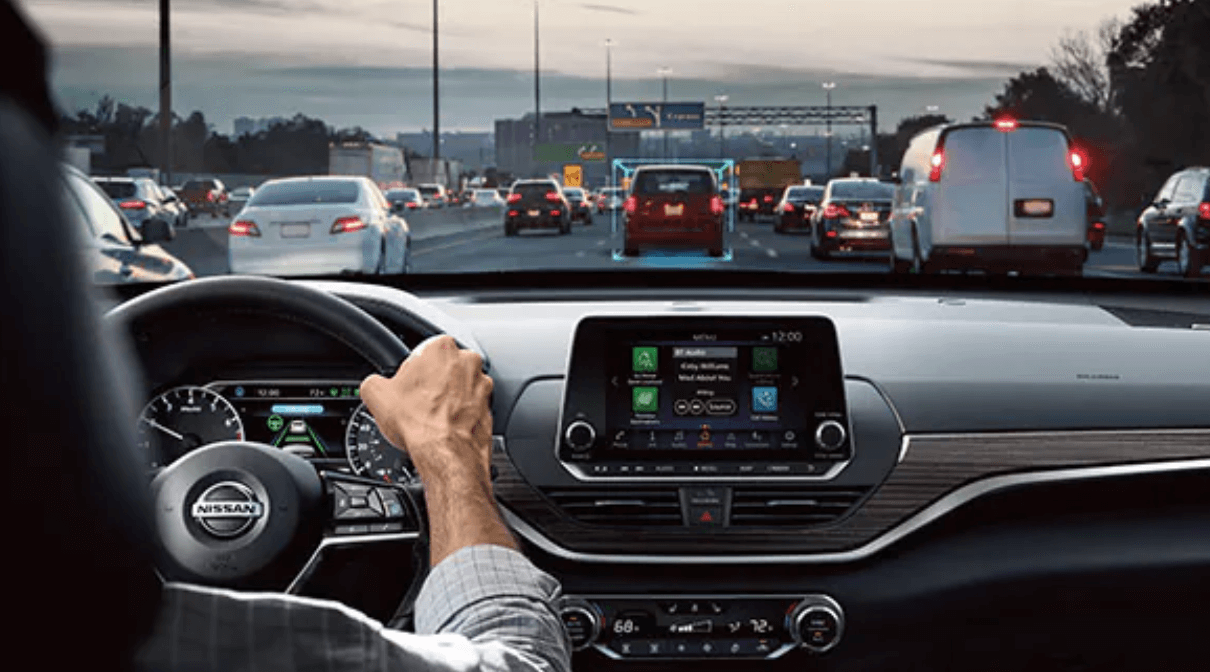Cruise control systems, a ubiquitous feature in modern automobiles, offer drivers the convenience of setting a specific speed for their vehicle, which it will then maintain until the driver intervenes. But what exactly powers this system? Let’s delve into its inner workings.
Cruise Control Systems – The Fundamentals
At its core, a cruise control system operates on a relatively straightforward premise. Once activated, it diligently preserves a predetermined speed, undeterred by external variables such as gradients or declines. Achieving this feat involves a sophisticated interplay of sensors and electronic control units (ECUs).
Ferrari F40: The Unrivaled Icon of 1980s Supercars
Speed Sensors
Central to the functionality of a cruise control system is the speed sensor. This pivotal component detects the vehicle’s velocity and promptly relays this critical data to the ECU. Armed with this information, the ECU orchestrates adjustments to the throttle, ensuring the vehicle maintains a steadfast pace.

Throttle Control
The throttle, responsible for regulating the flow of fuel to the engine, plays a pivotal role in cruise control operation. In a conventional vehicle lacking cruise control, the driver manually controls the throttle using their foot. However, in vehicles equipped with cruise control, this responsibility seamlessly transitions to the ECU. With precision and finesse, the ECU modulates the throttle as necessary to uphold the preset speed.
Brake Control
Another indispensable facet of a cruise control system is brake control. Engineered to prevent the vehicle from exceeding the predetermined speed threshold, this feature serves as a failsafe mechanism. Should the vehicle begin to surge beyond the established limit, the brake control system swiftly intervenes, engaging the brakes to decelerate the vehicle and restore it to the desired speed.

Engagement
Initiating cruise control typically involves the driver activating a designated button on the steering wheel. Once engaged, the driver can effortlessly utilize the cruise control buttons to set their desired speed. With the push of a button, the system assumes control, dutifully maintaining the specified speed until the driver opts to disengage it.
Disengagement
Disengaging cruise control can be accomplished through various means. A common method involves the driver gently applying the brakes or depressing the clutch (in the case of manual transmission vehicles). These actions prompt the system to relinquish control, restoring throttle management to the driver’s discretion.
Adaptive Cruise Control
In recent years, a revolutionary iteration of cruise control, known as adaptive cruise control, has garnered widespread acclaim. This advanced system harnesses an array of sensors to detect surrounding vehicles on the roadway. In the event of deceleration by a leading vehicle, the adaptive cruise control system autonomously adjusts the speed of your vehicle to maintain a safe following distance.

Final Thoughts Cruise Control Systems
In summation, while cruise control may appear deceptively simple on the surface, its inner workings are underpinned by a sophisticated blend of technology and innovation. Continual advancements, such as adaptive cruise control, further enhance the utility and convenience of these systems, promising a smoother and more comfortable driving experience for motorists. Whether embarking on a cross-country road trip or navigating daily commutes, cruise control serves as a trusted ally, elevating the journey with its seamless operation and unwavering reliability.

